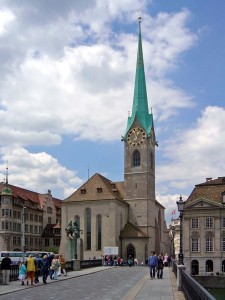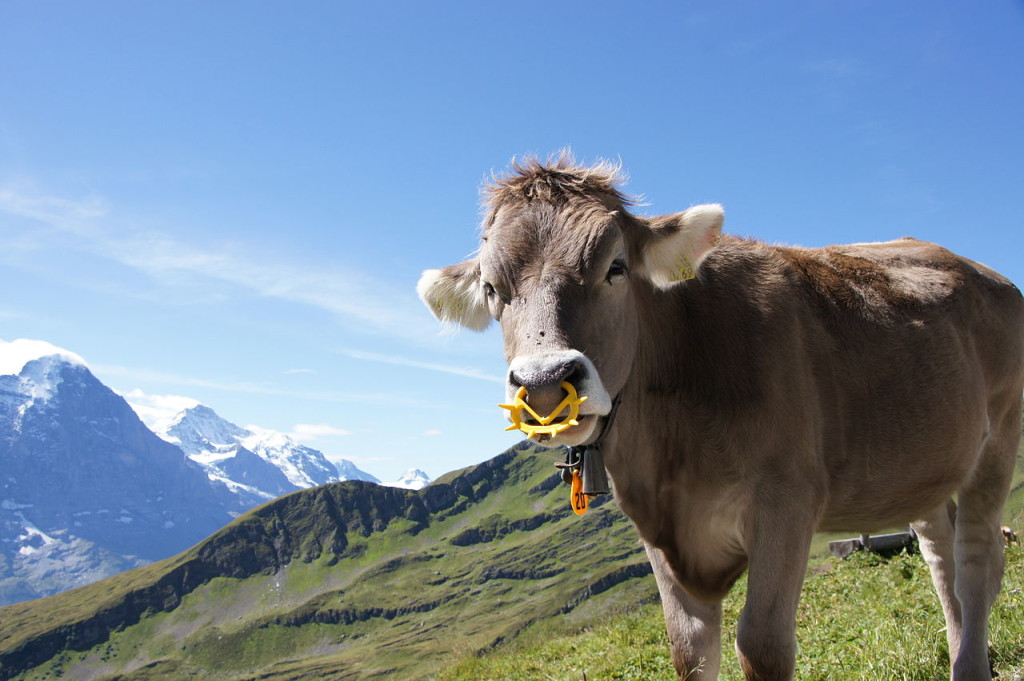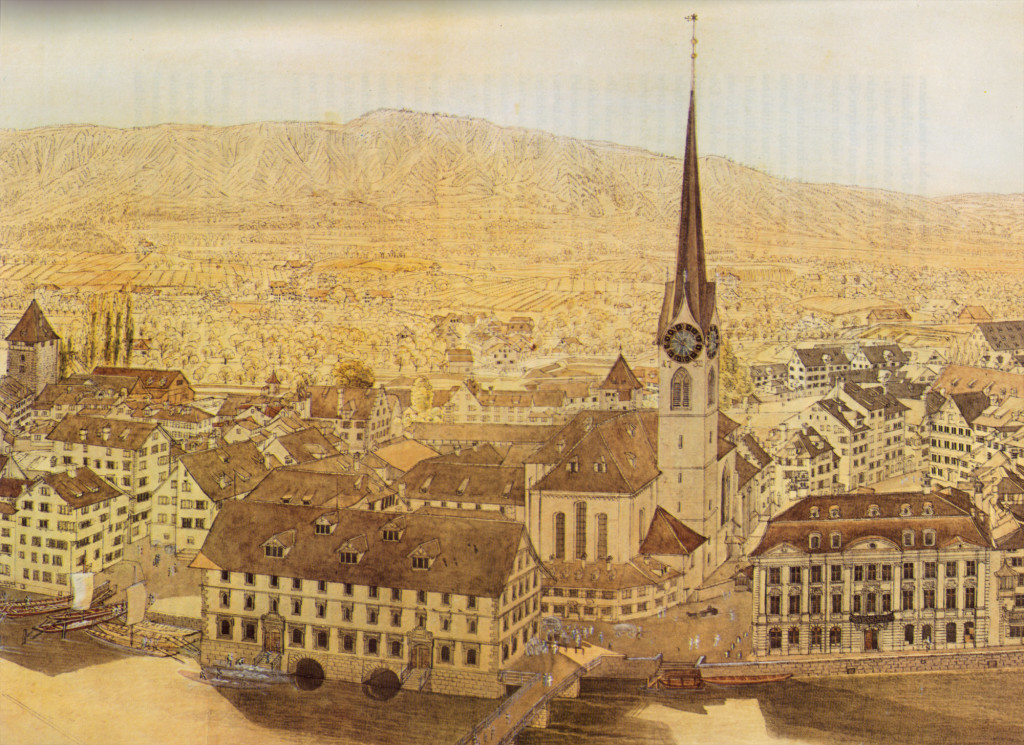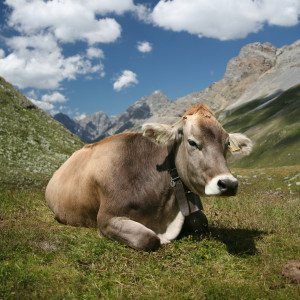
The Fraumünster Church in Zürich
In the 800s, Louis the German, a king from the Carolingian dynasty and the grandson of Charlemagne, ruled over most of the land that is today Switzerland and Germany. His kingdom stretched from the Alps in the south to the North Sea, and from the Rhine River in the west to the Elbe River in the east.
Louis was a powerful enough king that he could afford to give something to his daughter and so, in the year 853, he created a convent in the already-ancient city of Zürich. The Benedictine Convent, which became known as the Fraumünster, was built on the banks of the Limmat River in the very heart of the city. To preserve the lifestyle his daughter Hildegard was accustomed to he gave her the convent, which was endowed with all the nearby lands, among them the Valley of Uri.
Thus the valley of Uri, the ancient homeland of the Zumbrunnen family, fell under the sphere of influence of Zürich. Though it has been expanded and renovated throughout the centuries, the Fraumünster Church is still there in the heart of Zürich (although it’s a Protestant Church now).
Along with the ancient church necrologies in Uri, the records of the Fraumünster contain some of the oldest records of the Zumbrunnen family, dating back to the 1200s, showing ancient proof of the Zumbrunnen family’s origins in the Middle Ages.
The Zumbrunnen family first shows up in records of the Fraumünster in the 1200s. The reason for these records is pictured below:

Alpine cows
Yep, cows.
The feudal system, after all, was primarily a system for organizing agriculture production. In the Alpine Valley of Uri, that had long meant cows. In fact, even the name Uri is thought to originate from ûr, a German name for a type of cow (in English, known as Aurochs). Cows so dominated Uri’s economy that the flag of Uri, to this day, is a cow. Uri would eventually become a major trade route as well as known for its mercenary regiments. But in the age of the Fraumünster, this was a cow-based economy.
What did it mean that the Fraumünster of Zürich was endowed with the lands of Uri? It means that a certain percentage of agricultural production (interest) in the form of cows, milk, and cheese belonged to the Fraumünster. Uri did have fields in which other crops were grown and other animals raised, but it was always mostly about cattle.

A drawing of the Fraumünster church from the 1700s
The Zumbrunnen family first shows up in these records as the holders of farms that owed interest to the Fraumünster. While many people in Europe in the 1200s were serfs, the people owing interest to the church had a unique status in Medieval society. In German they were called Gotteshausleute, which directly translates to something like People of God’s House, and though owed interest to the church they were otherwise considered “free” rather than “in bondage.”
It makes sense that Zumbrunnen men would have this status, as they were descendants of the Barons of Attinghausen, but were not the primary branch that inherited the barony.

Swiss cow
At least seven Zumbrunnen men are documented under the Fraumünster’s system. There were multiple men in the family with the names Walter, Werner and Burkhard in the very early period, and so there’s no way to know for sure which is being referred to in the records. The first men mentioned are Werner Zumbrunnen and Arnold Zumbrunnen in 1257. In 1280, Werner is also identified as a landholder in the Canton of Schwyz, which included the town of Brunnen.
In 1290, the records for Uri include Walter Zumbrunnen[1]. In 1296 the records include Burkhard Zumbrunnen and Conrad Zumbrunnen. Burkhard shows up again in 1303.
Welti Zumbrunnen shows up in 1300[2] as does Rudolf Zumbrunnen[3]. An Arnold Zumbrunnen shows up again in 1311 in Schwyz (if it’s the same Arnold, he was now quite old!). A summary of the records was published in a book called “The Beginnings of the Swiss Confederation” which is available on Archive.org.

Here’s an excerpt — this seems to say that Ruedi zem Brunnen (Rudolf Zumbrunnen) owed “4 s.” (not sure what S is an abbreviation for) for land known as “ab dem Ringe and “Langenacker” and that Welti zem Brunnen (Walter) owed “3 d.” for his land known as “der Gubreiten.”
But it’s still an interesting piece of information about the family. That they are indisputably in records back in the 1200s, that they were “gotteshausleute” and that they would have spent most of their careers, indeed most of their lives, wrangling alpine cows.
[1] I assume that this is a different person than Walter Zumbrunnen who adopted the surname Zumbrunnen in 1209 But the alternate possibility is that this is the same Walter and that he lived, and adopted the Zumbrunnen name, somewhat later than 1209.
[2] I assume this is an alternate spelling for Walter.
[3] Rudolf is otherwise unplaced in the family tree, he could be a younger brother of Burkhard Zumbrunnen, Conrad Zumbrunnen or Arnold Zumbrunnen.
Questions for Further Research

[…] towns of Attinghausen, Seedorf, Isenthal and Unterschächen, and is mentioned in the records of the Fraumünster of Zürich. (This was the major church that administered land under the Holy Roman Empire’s feudal […]